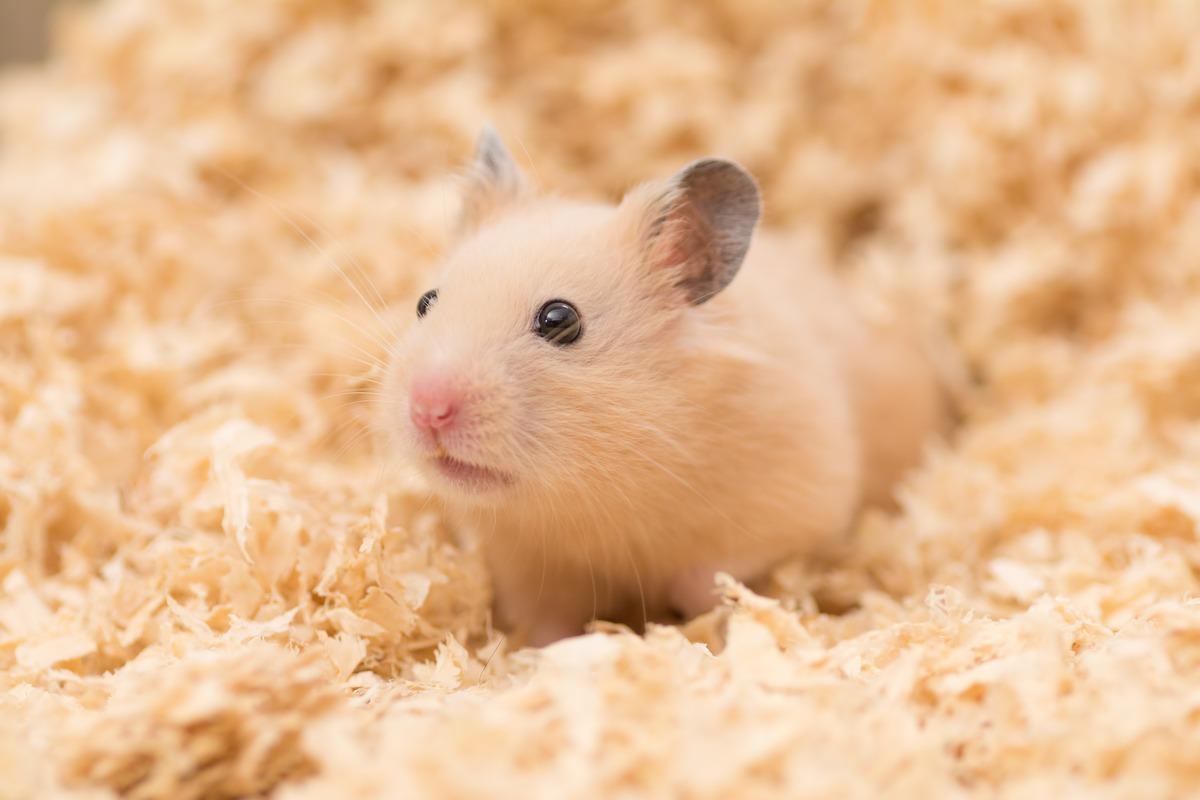In a recent study posted to the bioRxiv* preprint server, researchers demonstrated the relative pathogenicity of severe acute respiratory syndrome coronavirus 2 (SARS-CoV-2) Omicron and Delta variants of concern (VOCs) in Syrian hamsters.
 Study: Comparative pathogenicity of SARS-CoV-2 Omicron and Delta variants in Syrian hamsters mirrors the attenuated clinical outlook of Omicron in COVID-19 irrespective of age. Image Credit: stock_shot/Shutterstock
Study: Comparative pathogenicity of SARS-CoV-2 Omicron and Delta variants in Syrian hamsters mirrors the attenuated clinical outlook of Omicron in COVID-19 irrespective of age. Image Credit: stock_shot/Shutterstock

 *Important notice: bioRxiv publishes preliminary scientific reports that are not peer-reviewed and, therefore, should not be regarded as conclusive, guide clinical practice/health-related behavior, or treated as established information.
*Important notice: bioRxiv publishes preliminary scientific reports that are not peer-reviewed and, therefore, should not be regarded as conclusive, guide clinical practice/health-related behavior, or treated as established information.
Background
Coronavirus disease 2019 (COVID-19) continues to devastate the world with the constant emergence of novel strains of SARS-CoV-2. It has caused repeated cycles of infections across the globe. The SARS-CoV-2 Omicron VOC that emerged in late 2021 had over 50 mutations relative to the reference strain, and 30 of them occurred in its spike (S) region.
Appropriate small animal models mirroring disease progression in humans at different phases of life are necessary to study variations in disease caused by SARS-CoV-2 VOCs and produce variant-specific vaccines.
About the study
In the current study, the scientists compared the dynamics of SARS-CoV-2 infection with the Omicron and Delta VOCs in over 15 months old and less than five weeks old Mesocricetus auratus (Syrian/golden hamsters). The team determined the age-related differences in the pathogenicity of SARS-CoV-2 Omicron and Delta infections in the golden hamster model of COVID-19. The study was performed in the animal biosafety level 4 (ABSL-4) laboratory at the National Emerging Infectious Diseases Laboratories (NEIDL) of Boston University.
The study consisted of 20 older hamsters aged around 15 to 16 months and 27 younger hamsters aged four to five weeks. These two groups were subdivided into three: controls, Omicron-infected, and Delta-infected animals. Before enrollment, the hamsters were evaluated by a veterinarian to ensure they were healthy. The trial lasted 14 days post-inoculation (DPI), with a subset of hamsters in each subgroup killed at three DPI.
The SARS-CoV-2 Omicron and Delta VOCs procured from the Biodefense and Emerging Infections Research (BEI) Resources were used to challenge the hamsters. The trial endpoints included moribundity (behavior, responsiveness, appearance, respiration) and weight loss that exceeded humane levels. Further, blood samples were collected from the hamsters at 14 DPI.
Results
The results demonstrate that Omicron-infected golden hamsters did not exhibit weight loss irrespective of age. In contrast, Delta infection resulted in weight loss of nearly 7.8% in younger and around 10% in older hamsters by the seventh day following the SARS-CoV-2 infection. In addition, a delayed and partial recovery from Delta infection was observed in the older groups compared to younger hamsters.
In the nasal turbinates, tracheas, and lungs, Omicron replicated at comparable levels to the Delta variant, with no distinct variations in the tissue viral loads of elderly versus young animals for either variant at three DPI. SARS-CoV-2 titers were the lowest in tracheas relative to the lungs in all SARS-CoV-2-infected Syrian hamsters.
The mean half-maximal inhibitory concentrations (IC50) of neutralizing antibodies (NAbs) were the highest in Delta-infected hamsters than the Omicron-infected ones. A significant variation in NAbs produced against the two SARS-CoV-2 variants was observed among aged and younger animals, with high levels in younger animals.
However, histopathologic variations were prominent between the SARS-CoV-2 Omicron and Delta variants in the lungs and nasal passages. The incidence of necrosis was either absent or rare in Mesocricetus auratuses with Omicron infection irrespective of age, whereas Delta-infected hamsters experienced severe necrosis acutely in the olfactory epithelium.
While uniformly moderate acute necrotizing bronchointerstitial pneumonia was reported in Delta-infected Syrian hamsters at three DPI, Omicron infection caused mild pulmonary disease or no prominent pathology in young and old hamsters.
Most of the acute pathologies observed in the lungs of hamsters infected with Delta on three DPI were resolved by 14 DPI. Further, the residual findings attributed to compensatory responses resulting from previous acute lung disease. However, acute lung pathologies were absent or seldomly seen in animals inoculated with the SARS-CoV-2 Omicron variant.
Conclusions
The study findings imply that the SARS-CoV-2 Omicron infection causes a less severe clinical illness in golden hamsters than the Delta variant-driven infection, regardless of age. However, the Omicron and Delta variants resulted in similar viral loads in the hamsters. The present findings were consistent with previous studies illustrating more evident Delta-associated weight loss in older hamsters than younger animals. Likewise, the histologic resolutions 14 DPI with Delta observed in the present study were also in line with prior investigations.
Together, the study suggests that people with Omicron infection are at high risk of accidentally infecting others if they do not abide by the SARS-CoV-2 preventative measures like isolation. This inference was based on comparable viral loads observed in Delta and Omicron infection, although Omicron had lower pathogenicity. Moreover, the current findings might aid the development of vaccines and other therapeutic approaches for mitigating SARS-CoV-2 VOCs.

 *Important notice: bioRxiv publishes preliminary scientific reports that are not peer-reviewed and, therefore, should not be regarded as conclusive, guide clinical practice/health-related behavior, or treated as established information.
*Important notice: bioRxiv publishes preliminary scientific reports that are not peer-reviewed and, therefore, should not be regarded as conclusive, guide clinical practice/health-related behavior, or treated as established information.